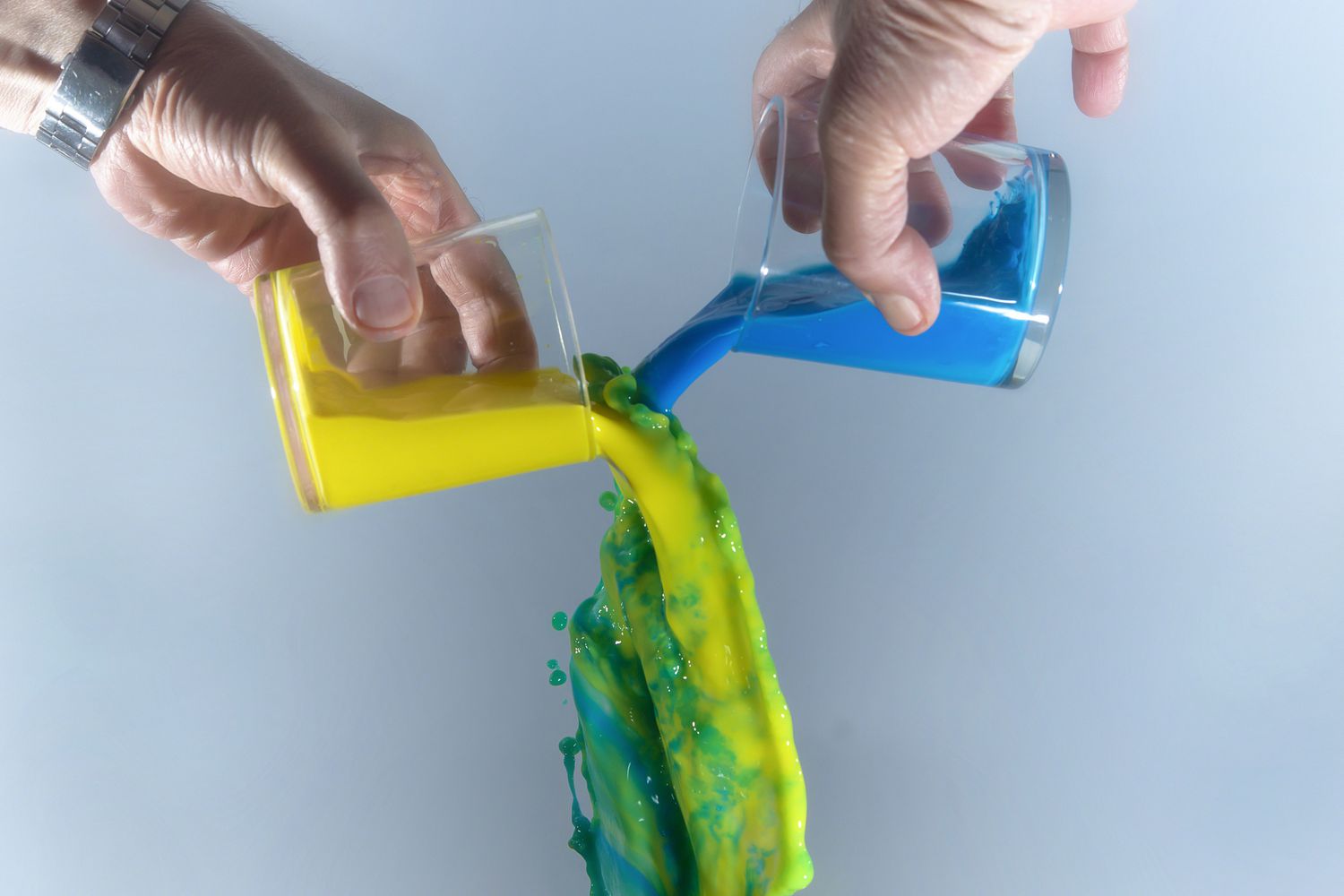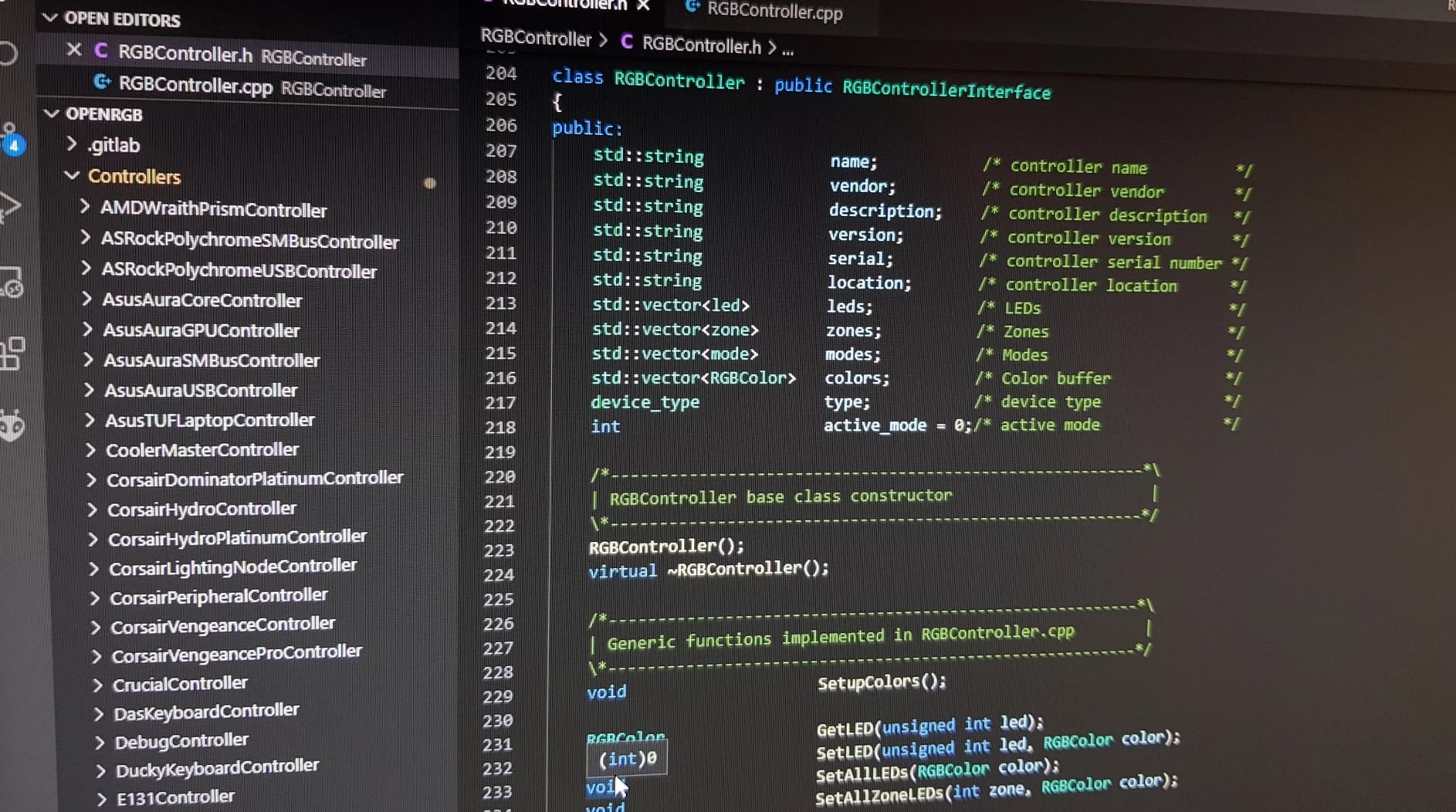
Mixtures are all around us, playing a fundamental role in our daily lives. From the air we breathe to the food we eat, mixtures are an integral part of the world we live in. Understanding the properties and behavior of mixtures is not only fascinating but also essential for various scientific and industrial applications. In this article, we'll explore 10 fun and intriguing facts about mixtures that will pique your curiosity and deepen your understanding of this fundamental concept in chemistry. So, let's dive in and uncover the captivating world of mixtures! Whether you're a science enthusiast or just curious about the world around you, these facts are sure to spark your interest in the captivating realm of mixtures.
Key Takeaways:
- Mixtures are combinations of substances that can be separated by physical means. They play a big role in everyday life and can have unique properties different from their individual components.
- Understanding mixtures is important for industries and environmental science. They can be separated using different methods and can vary in composition for diverse applications.
Mixtures are combinations of two or more substances that are not chemically bound together.
Unlike compounds, mixtures can be separated by physical means such as filtration, distillation, and evaporation. Common examples of mixtures include air, saltwater, and trail mix.
Mixtures can be classified into two main types: homogeneous and heterogeneous mixtures.
Homogeneous mixtures have a uniform composition and appearance throughout, such as salt dissolved in water. Heterogeneous mixtures, on the other hand, have distinct phases and are not uniform, like a salad with different vegetables.
Separating mixtures is an important part of many industrial processes.
Industries such as mining, food processing, and environmental remediation rely on separation techniques to isolate valuable components from mixtures. These techniques include filtration, centrifugation, and chromatography.
Mixtures play a crucial role in everyday life.
From the beverages we drink to the medications we take, mixtures are an integral part of our daily routines. Understanding the properties and behavior of mixtures is essential for various scientific and industrial applications.
Some mixtures exhibit unique properties that differ from their individual components.
For example, the properties of a mixture of salt and water are different from those of pure salt or pure water. These altered properties make mixtures fascinating subjects for scientific study and experimentation.
Mixtures can be separated using a variety of methods.
These methods include filtration, evaporation, distillation, and chromatography. Each method exploits the unique physical properties of the components within the mixture to achieve separation.
Understanding the behavior of mixtures is essential in fields such as environmental science and engineering.
Environmental scientists and engineers often encounter complex mixtures in air, water, and soil. Analyzing and separating these mixtures is crucial for assessing environmental impact and developing effective remediation strategies.
The composition of a mixture can vary, allowing for a wide range of applications.
By adjusting the proportions of components in a mixture, scientists and engineers can create materials with specific properties tailored to meet diverse needs, from pharmaceuticals to construction materials.
Mixtures are not limited to substances in the same state of matter.
They can consist of solids, liquids, and gases. An example is fog, which is a mixture of tiny water droplets suspended in the air, demonstrating the diverse nature of mixtures.
Mixtures are fundamental to the field of chemistry and are studied extensively in educational settings.
Students learn about the properties, separation techniques, and applications of mixtures as part of their foundational chemistry education. This knowledge forms the basis for understanding more complex chemical processes and reactions.
Conclusion
Learning about mixtures can be an exciting journey filled with interesting and fun facts. From understanding the different types of mixtures to exploring their everyday applications, the world of mixtures is diverse and captivating. By delving into the unique properties and behaviors of mixtures, we gain a deeper appreciation for the substances that surround us. Whether it’s discovering how mixtures can be separated or uncovering the science behind their composition, the study of mixtures offers a wealth of knowledge and endless fascination. Embracing the complexities and nuances of mixtures opens up a world of exploration and learning, making it a truly enriching and enjoyable subject to explore.
FAQs
What are the different types of mixtures?
There are two main types of mixtures: homogeneous and heterogeneous. Homogeneous mixtures have a uniform composition, while heterogeneous mixtures have visibly different substances within them.
How are mixtures different from compounds?
Mixtures are composed of two or more substances that are physically combined, while compounds are made up of two or more elements that are chemically bonded.
What are some common examples of mixtures?
Common examples of mixtures include air (a mixture of gases), saltwater (a mixture of salt and water), and trail mix (a mixture of nuts, seeds, and dried fruits).
Can mixtures be separated?
Yes, mixtures can be separated through various methods such as filtration, distillation, and chromatography, based on the properties of the substances within the mixture.
How do mixtures play a role in everyday life?
Mixtures are integral to everyday life, from the food we eat to the products we use. They are essential in cooking, manufacturing, and numerous other industries.
Was this page helpful?
Our commitment to delivering trustworthy and engaging content is at the heart of what we do. Each fact on our site is contributed by real users like you, bringing a wealth of diverse insights and information. To ensure the highest standards of accuracy and reliability, our dedicated editors meticulously review each submission. This process guarantees that the facts we share are not only fascinating but also credible. Trust in our commitment to quality and authenticity as you explore and learn with us.


